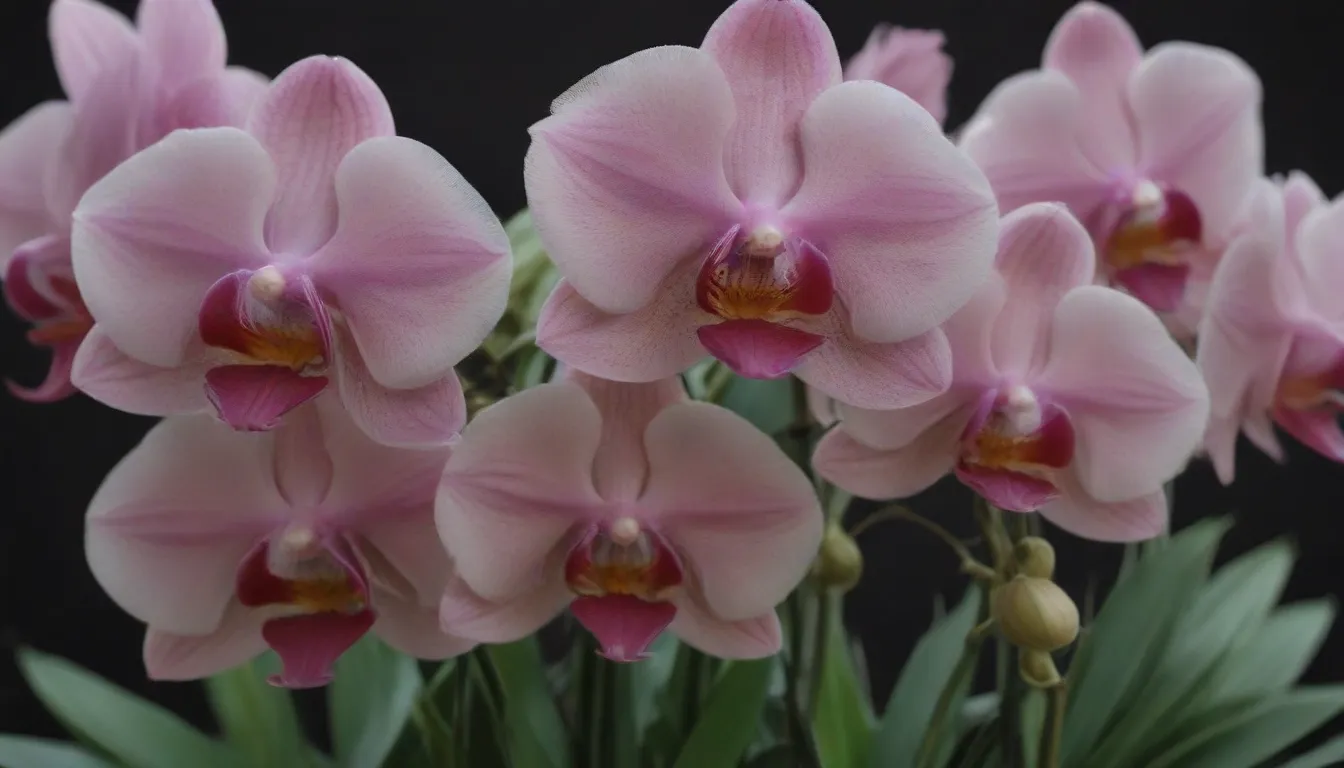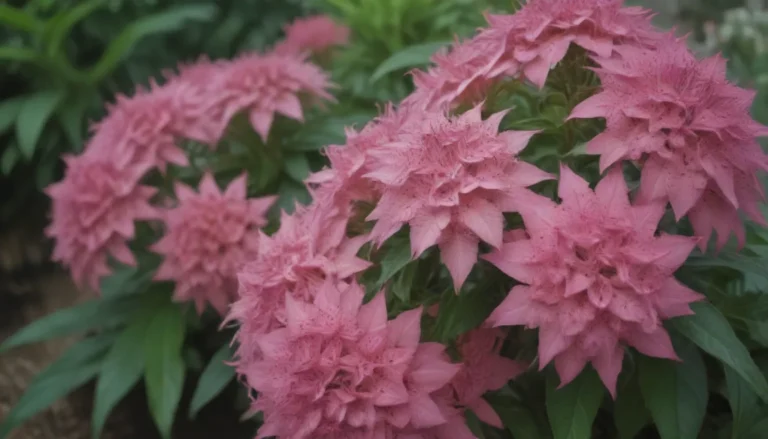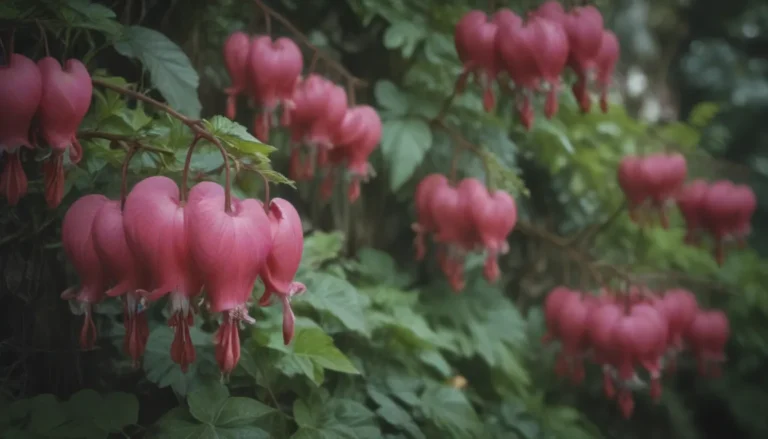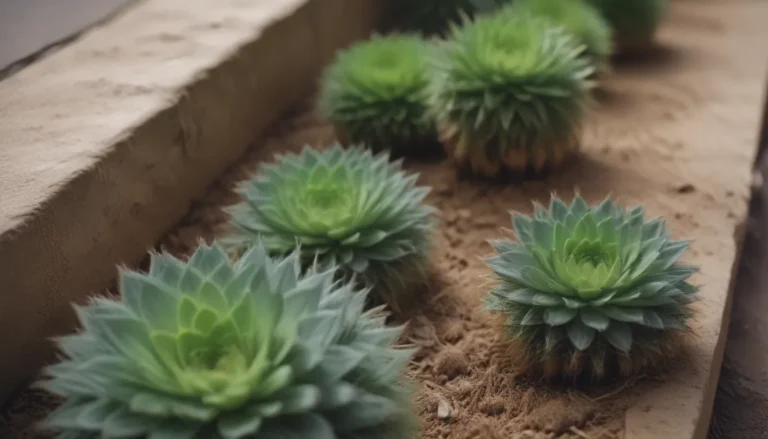Ultimate Guide to Orchid Care and Growing Tips

If you’re a fan of beautiful houseplants, chances are you’ve come across orchids at some point. Known for their stunning blooms and elegant appearance, orchids belong to the Orchidaceae family and can be a wonderful addition to any indoor garden. With thousands of orchid species available, it can be overwhelming to know where to start when it comes to caring for these delicate plants. This comprehensive guide will provide you with all the information you need to successfully grow and maintain healthy orchids in your home.
Understanding Orchid Care
Orchids thrive when their growing conditions mimic their natural habitat as closely as possible. In the wild, orchids cling to rough bark with their roots exposed, making them unique compared to other houseplants. When you bring an orchid home, it may be in bloom and appear healthy, but it’s important to provide the right care to ensure its long-term well-being.
Here are some essential tips to help you keep your orchid healthy and thriving:
Light
- Orchids require bright, indirect light to produce blooms.
- Avoid direct sunlight, as it can scorch the leaves.
- Place your orchid near a south- or east-facing window for optimal light exposure.
Soil
- Regular potting soil is not suitable for orchids.
- Use a lightweight and fast-draining orchid-growing medium such as bark, sphagnum moss, perlite, or peat.
- Aim for a slightly acidic pH level in the soil.
Water
- Water your orchid twice a week during the warmer months and once a week in colder months.
- Use room-temperature water and water slowly until it drains out of the pot’s holes.
- Allow the soil to dry out between waterings to prevent root rot.
Temperature and Humidity
- Orchids prefer temperatures between 50-90 degrees Fahrenheit.
- Maintain humidity levels between 40-70% for optimal growth.
- Avoid placing your orchid in areas with cold drafts or direct sunlight.
Fertilizer
- Use an orchid-specific fertilizer during the growing season (spring and summer).
- Follow the instructions on the label and avoid fertilizing during the winter months.
Orchid Care Beyond Flowering
Once your orchid has finished blooming, it’s time to transition to long-term maintenance. Consider these steps to ensure your orchid continues to thrive:
- Trim off the old flower spike near the base.
- Repot your orchid into a more suitable container with a light, porous growing medium.
- Choose a pot that allows for good airflow, such as unglazed clay or a specially designed orchid pot.
Types of Orchids
With over 30,000 orchid species in the wild and more than 100,000 hybrids, it’s essential to know the specific type of orchid you have for proper care. Some common orchid groups include:
- Phalaenopsis (moth orchids)
- Dendrobium (cane orchids)
- Cattleya (corsage orchids)
- Cymbidium (boat orchids)
Pruning and Propagating Orchids
Proper pruning of old growth is essential to make way for new blooms. When pruning your orchid, ensure your tools are sharp and sterilized to prevent damage to the plant. Consider the following when pruning:
- Remove faded orchid blooms to redirect energy to new growth.
- Cut off the flower spike after flowering, unless the orchid is known to rebloom on the same spike.
Propagation of orchids can be challenging, but dividing the plant is a common method used for propagation.
Potting and Repotting Orchids
When your orchid’s roots outgrow the pot or the growing medium breaks down completely, it’s time to repot your plant. Wait until it has finished flowering before repotting and consider using appropriate orchid pots to promote healthy growth.
Encouraging Orchids to Bloom
Orchids should bloom at least once a year, though the bloom cycles vary by species. To encourage reblooming, ensure your orchid receives proper light, moisture, temperature, humidity, nutrients, and growing medium.
If your orchid won’t bloom, consider adjusting the temperature or environmental conditions to stimulate blooming.
Dealing with Common Pests and Diseases
Orchids are generally not prone to major pest problems, but they can attract common plant pests such as aphids, mealybugs, and spider mites. Use gentle methods to eliminate pests, such as spraying with water or insecticidal soap. Neem oil can also be used to smother pests.
In addition to pests, orchids can develop fungal diseases like anthracnose and botrytis. Proper care and maintenance can help prevent these diseases from affecting your plants.
Troubleshooting Common Orchid Problems
Even with proper care, orchids can sometimes develop issues that need to be addressed. Here are some common problems and solutions:
- Shriveled and Wrinkled Leaves: Indicates insufficient watering and unhealthy roots.
- Yellowing Leaves: Often caused by overwatering and root rot.
- Drooping Leaves: Due to underwatering or inadequate light.
- Buds Dropping: Plant stress from environmental conditions.
Proper diagnosis and timely intervention can help resolve these problems and ensure your orchid remains healthy and vibrant.
Conclusion
Orchids are stunning plants that can thrive in indoor environments with the right care and attention. By following the tips and guidelines in this comprehensive guide, you can successfully grow and maintain healthy orchids in your home. Remember to provide the ideal growing conditions, regular maintenance, and timely care to ensure your orchids bloom and flourish for years to come. Happy orchid growing!





